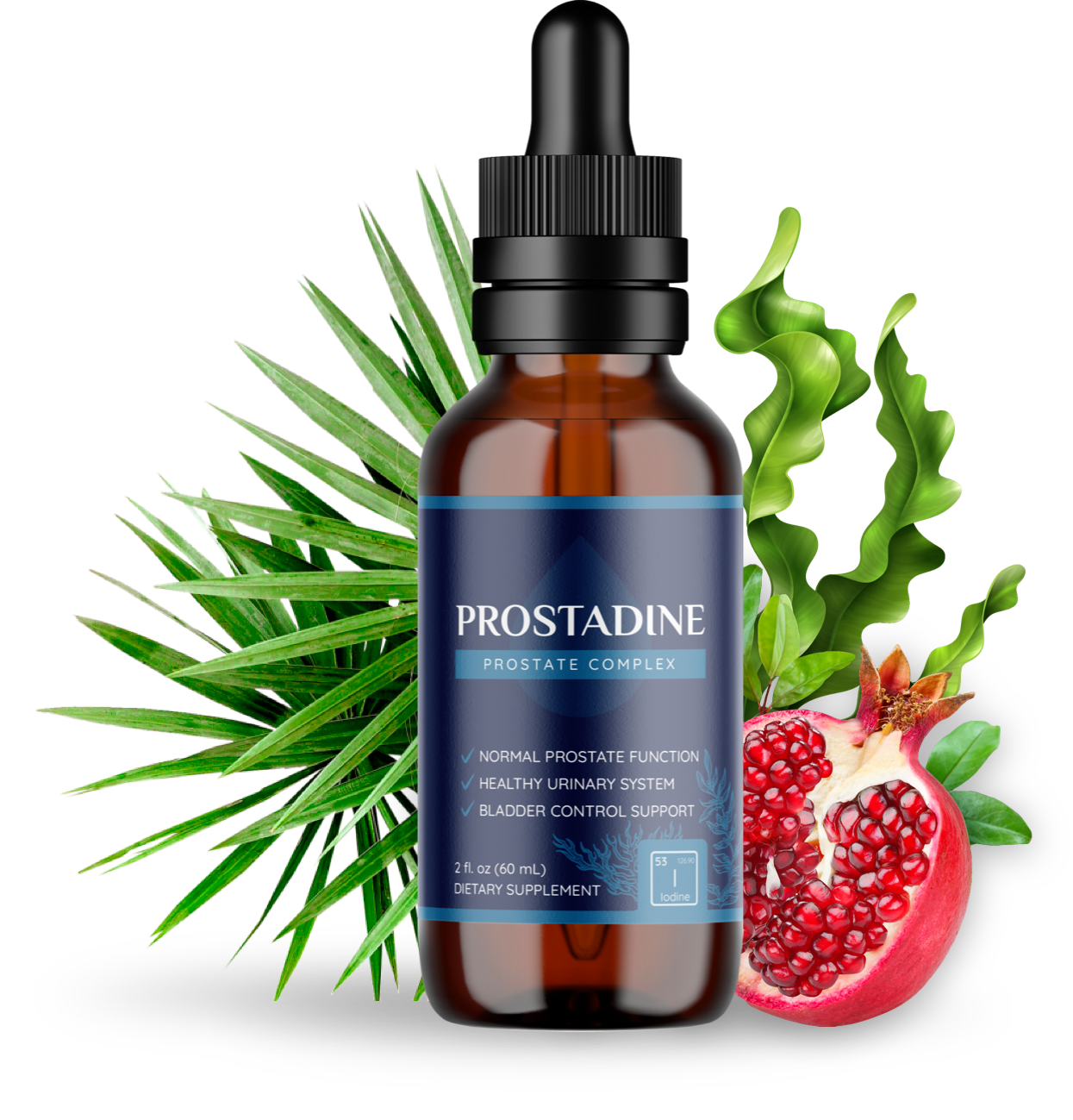
A Battle in the Reeds
In this rare sighting, a striated heron was discovered with a frog clamped firmly in its beak, wading along the edge of the water. The bird moved deliberately, balancing on its slender legs as the frog wriggled frantically in its beak, desperate to escape.
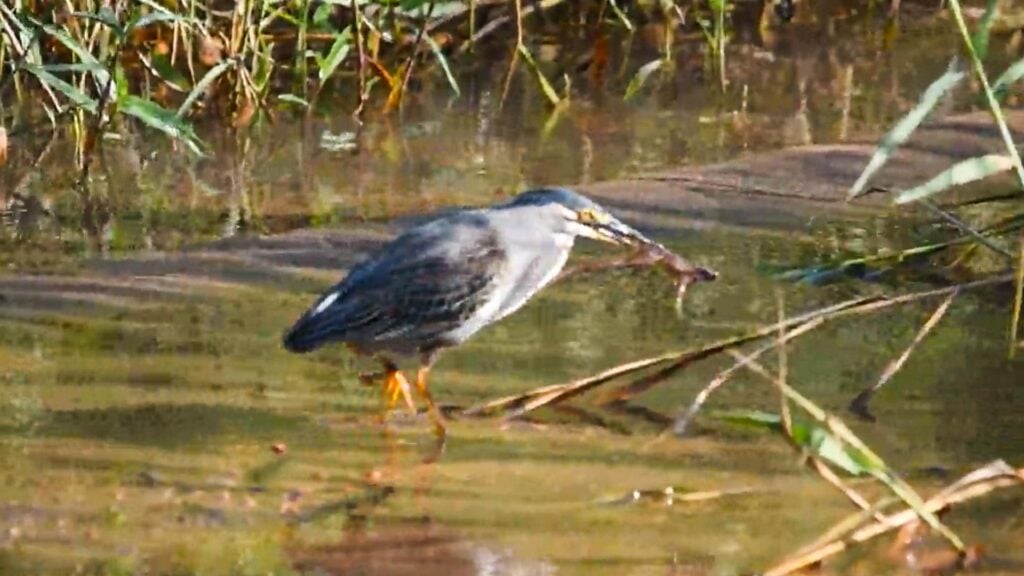
Each shake and snap of the heron’s beak shifted the frog into a better position for swallowing, but also served to stop the frog’s struggling. Slowly, the frog’s movements ceased, and after a few final readjustments, the heron tipped its head back and swallowed its prize in a series of awkward gulps.
A Specialist Hunter
Striated herons are small but highly skilled predators. Unlike larger heron species that wade boldly through deep water, striated herons tend to stalk quietly along shallow edges, using stealth to their advantage.
Their diet is impressively varied. Frogs, fish, crustaceans, insects, and even small reptiles can fall prey to their sharp bills.
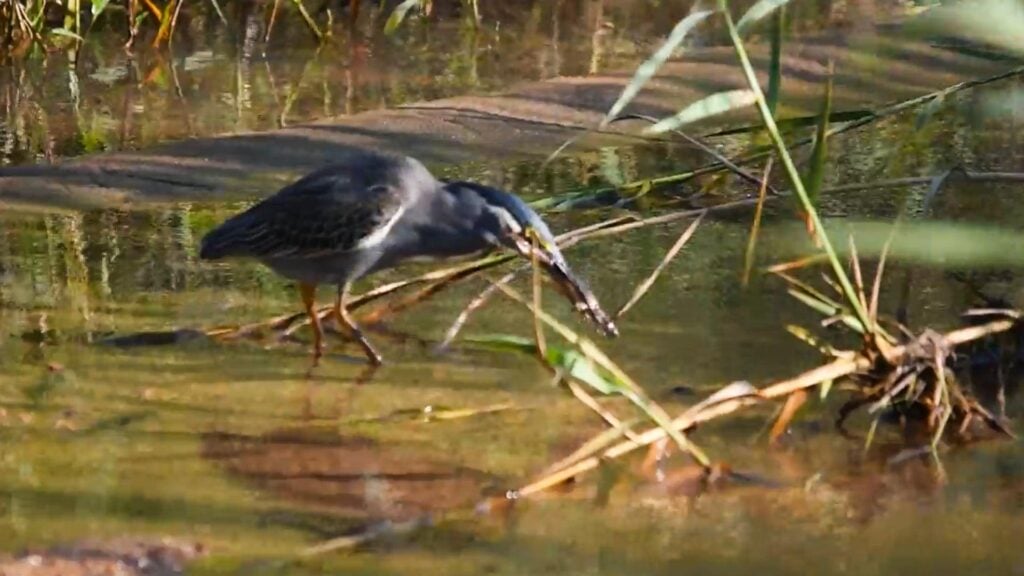
Opportunistic and adaptable, these birds are capable of adjusting their hunting style depending on what’s available at a given time.
Feeding Technique
The behaviour seen in this sighting is a classic example of how herons process their prey. Instead of swallowing a frog immediately, the heron repeatedly snaps its beak and shakes the animal around, lining it up so it slides down head-first.
This prevents the frog’s limbs from getting caught on the way down, helping to ensure a smooth swallow. It may look clumsy, but it’s an efficient adaptation.
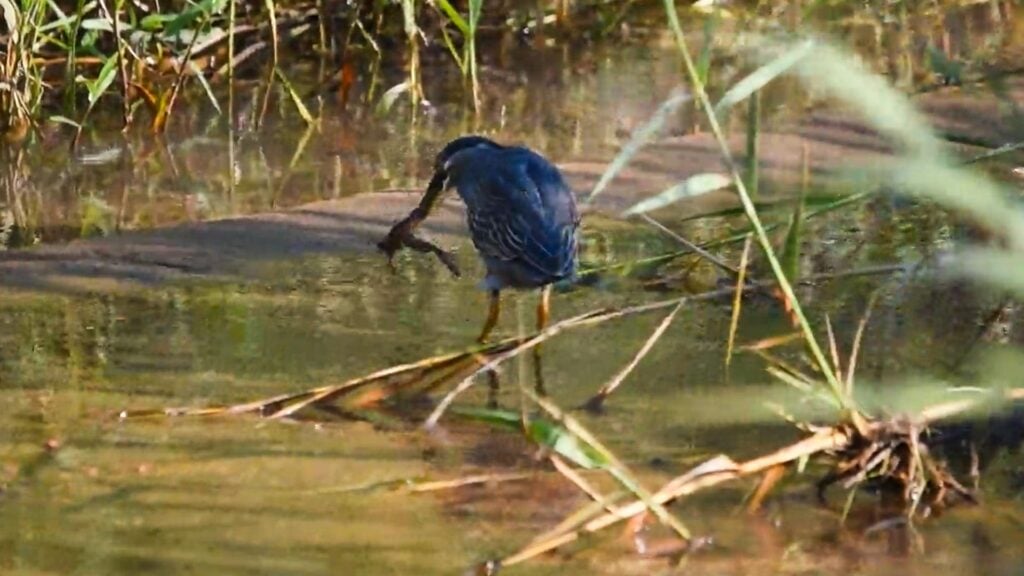
The tilting of the head and the pronounced gulps are all part of the final act, gravity and persistence doing the rest.
Why Frogs Make a Good Meal
For herons, frogs are a nutritious catch. They’re rich in protein, relatively easy to digest, and often abundant in wetland habitats.
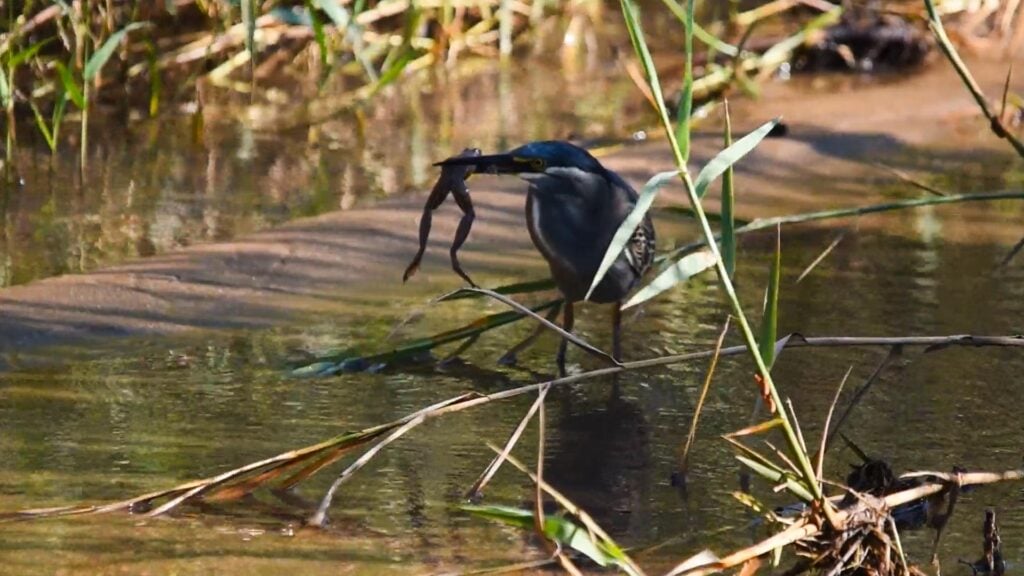
Frogs also tend to move unpredictably, making them a challenging target for herons and other predators. For the frog tough, their adaptations of springy legs and slippery skin are rarely enough when caught in the grip of a sharp bill.
A Master of Patience
What makes herons so fascinating to watch is their patience. They often stand still for long stretches of time, waiting for the perfect moment to strike.
Get our Best Sightings as they Come in
When the opportunity arises, their attack is lightning fast! This calm-yet-deadly hunting style has earned herons a reputation as some of the most efficient fishers and frog hunters in wetlands worldwide.
The Cycle of the Wetlands
Scenes like this are part of the larger story of life around rivers, lakes, and marshes. Herons play an important role as mid-level predators, keeping populations of frogs, fish, and insects balanced.
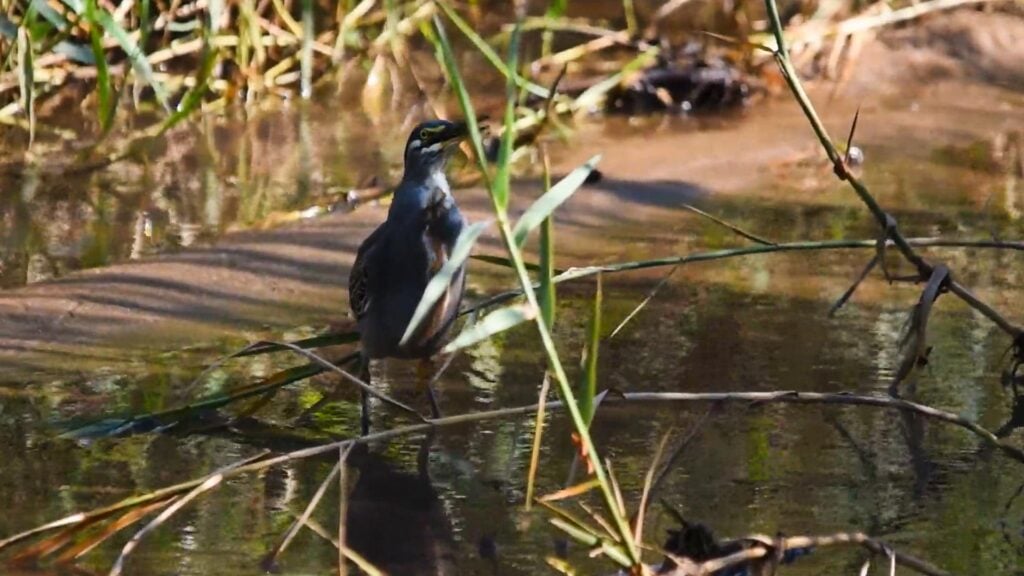
In turn, herons themselves are prey for larger animals such as crocodiles, eagles, and even big cats in some regions. The wetlands thrive because of this constant give-and-take, each hunter and hunted shaping the lives of the others.
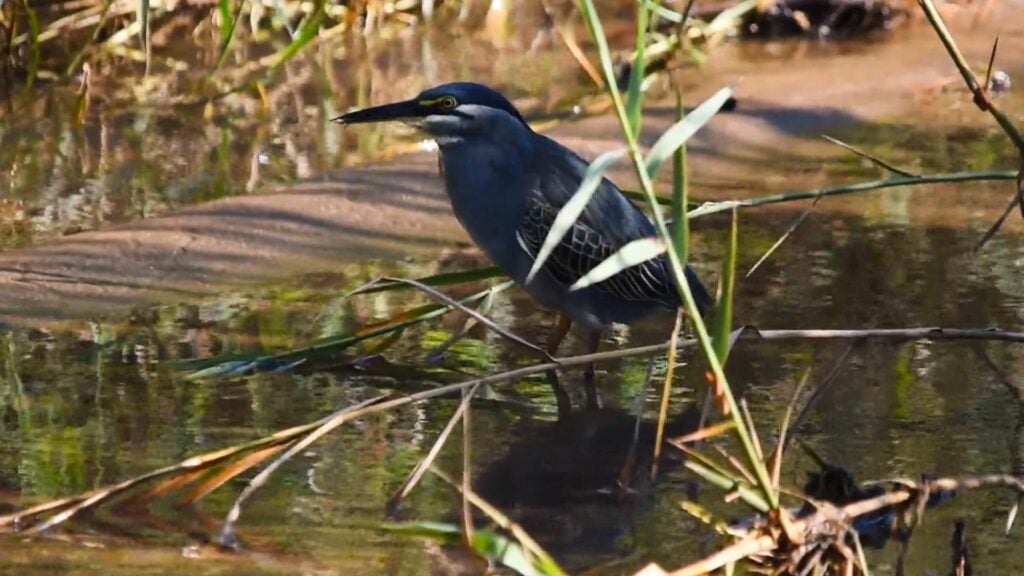
Though short, this sighting captures a timeless moment in nature: predator and prey locked in a brief struggle, ending with one’s survival and another’s loss. For the striated heron, it was just another meal, and for us, it was a glimpse into the delicate but ruthless balance of wetland life.



















